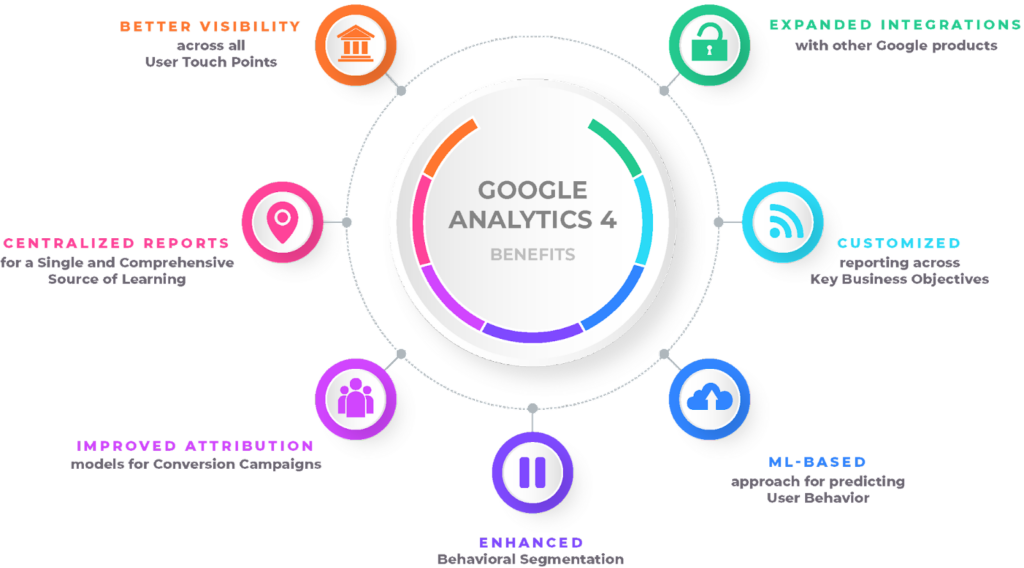When Does the Google Analytics Tracking Code Send an Event Hit to Analytics? Timing and Finest Practices Explained
When Does the Google Analytics Tracking Code Send an Event Hit to Analytics? Timing and Finest Practices Explained
Blog Article
Maximize Your Web Site Performance With Google Analytics Monitoring Code
In the electronic landscape, understanding customer interactions with your web site is important for optimization. This tactical execution not just educates your decisions but additionally leads the method for an extra engaging customer experience.
Understanding Google Analytics
Understanding Google Analytics is essential for web site owners and marketers intending to optimize their on the internet visibility. This effective device gives essential insights into customer behavior, permitting stakeholders to make data-driven decisions. By tracking various metrics, such as page views, bounce prices, and user demographics, Google Analytics assists determine which elements of a web site are performing well and which call for enhancement.
Among the crucial features of Google Analytics is its ability to section data. Users can analyze website traffic resources, individual engagement, and conversion prices throughout various sections, such as geographical places or tool kinds. This granularity enables marketing professionals to tailor their techniques to particular target markets, therefore enhancing the performance of their projects.

Establishing Tracking Code
To harness the full possibility of Google Analytics, establishing up the tracking code properly is a basic action. The monitoring code, a snippet of JavaScript, makes it possible for Google Analytics to gather information concerning customer interactions on your web site.
Next, you'll require to embed this code into the HTML of your website. Preferably, put the monitoring code prior to the closing tag on every page you want to keep track of. If you're utilizing a material administration system (CMS) like WordPress, think about utilizing plugins that assist in very easy assimilation.
After implementing the code, it's important to confirm its functionality. Make use of the "Real-Time" records in Google Analytics to verify that data is being collected as expected. By making sure proper setup, you develop a solid structure for effective information analysis and tactical decision-making to improve your internet site's efficiency.
Key Metrics to Monitor
Frequently checking crucial metrics in Google Analytics is important for assessing your internet site's performance and user involvement. Amongst the fundamental metrics to track are page sights, which supply understanding right into just how often individuals check out various pages on your site. In addition, unique site visitors help you understand the reach of your material by suggesting the amount of distinct individuals are involving with your website over a given period.
Bounce rate is another crucial metric, exposing the percentage of visitors that leave your site after seeing just one web page. A high bounce price might signal issues with material relevance or customer experience. Alternatively, session period shows for how long visitors remain on your site, assisting you assess web content performance and user interest.
Conversion rates are crucial for measuring the success of your web site in achieving details goals, such as form entries or item purchases (when does the google analytics tracking code send an event hit to analytics?). Keeping track of website traffic sources is likewise key, as it assists identify which networks drive the most traffic and conversions, enabling for even more targeted marketing strategies
Analyzing Site Visitor Behavior

Additionally, tracking user paths through the site aids expose typical navigating patterns. This information is crucial in establishing whether individuals can hop over to here quickly find the material they look for or if they run into obstacles that lead to aggravation. Determining high departure pages can highlight locations that may need redesign or even more interesting content to maintain site visitors.
Furthermore, segmenting customers based on demographics, rate of interests, and behavior offers a deeper understanding of the target audience. This division makes it possible for businesses to tailor web content and advertising and marketing approaches more successfully, enhancing the probability of conversions. Ultimately, evaluating site visitor habits not just notifies web site improvements however also fosters a much more user-centric strategy, leading to enhanced fulfillment and loyalty over time.
Executing Data-Driven Adjustments
Applying data-driven modifications is essential for boosting website efficiency and achieving business goals. By leveraging insights collected from Google Analytics, businesses can identify locations for improvement and make notified choices to enhance individual experience.
First, examine crucial performance indicators (KPIs) such as bounce prices, session duration, and conversion rates to identify certain problems impacting user engagement - when does the google analytics tracking code send an event hit to analytics?. For circumstances, a high bounce rate on a touchdown page may show that the content is not resonating with visitors or that this page the page takes as well lengthy to tons

Final Thought
Finally, the application of Google Analytics tracking code is essential for enhancing website performance. By accurately monitoring customer actions and vital metrics, beneficial understandings can be gained, facilitating data-driven decision-making - when does the google analytics tracking code send an event hit to analytics?. This procedure not only try this website boosts individual experience but additionally straightens with broader business goals. Continual analysis and subsequent adjustments based on gathered information will cause continual improvements, inevitably adding to the overall effectiveness and success of the internet site.
By tracking numerous metrics, such as page views, bounce prices, and customer demographics, Google Analytics helps identify which aspects of a website are doing well and which call for improvement.
Individuals can assess web traffic resources, user interaction, and conversion prices across different sections, such as geographical places or tool types. The monitoring code, a bit of JavaScript, makes it possible for Google Analytics to collect data about individual interactions on your site.Consistently keeping track of vital metrics in Google Analytics is crucial for assessing your website's performance and customer involvement. By leveraging Google Analytics, web site proprietors can get useful understandings into how individuals interact with their website.
Report this page